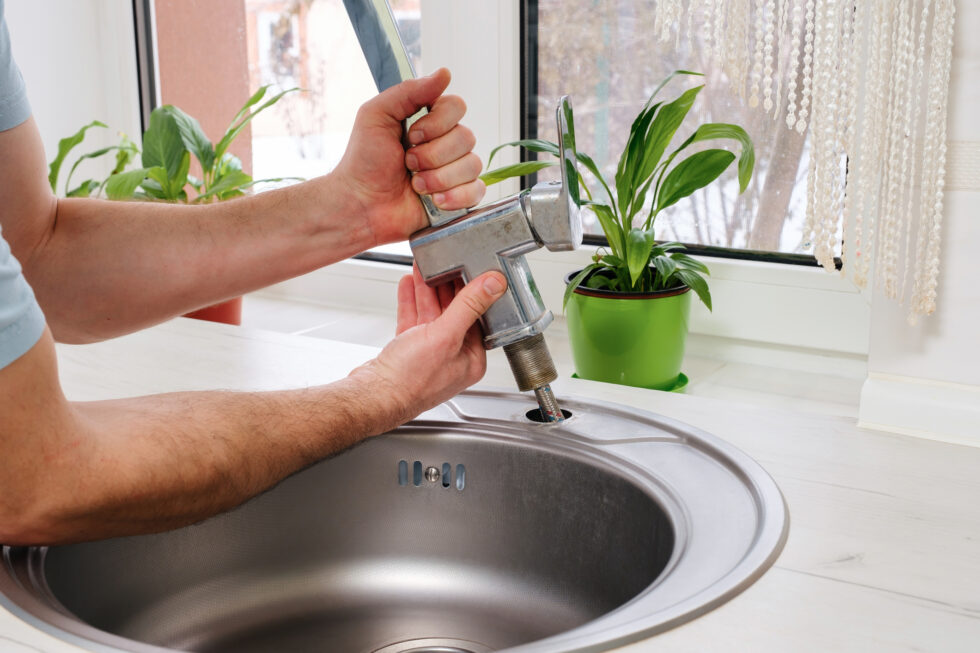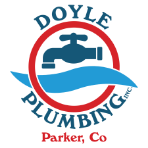Plumbing issues are inevitable in any household, from leaky faucets to clogged drains. While some minor problems can be fixed with DIY methods, others require the expertise of professional plumbers. In this comprehensive guide, we’ll delve into the world of plumbing repair, focusing on two common issues: faucet repair and drain cleaning. You’ll learn the step-by-step process, tools required, and expert techniques used by professionals to resolve these problems efficiently.
1. ASSESSING THE PROBLEM:
The first step in any plumbing repair is accurately diagnosing the issue. Professionals inspect the fixture for leaks, worn-out parts, or mineral buildup. Similarly, for drain cleaning, they identify the cause of the blockage, whether it’s due to grease buildup, foreign objects, or tree roots infiltrating the pipes.
2. GATHERING THE TOOLS:
Once the problem is identified, professionals gather the necessary tools and equipment for the job. Common tools include adjustable wrenches, screwdrivers, and plumber’s tape. Drain cleaning may require tools such as drain snakes, plungers, and chemical cleaners.
3. SHUTTING OFF WATER SUPPLY:
Before commencing any repair work, it’s crucial to shut off the water supply to prevent leaks or flooding. Professionals locate the shut-off valve for the affected faucet or the main water supply for drain cleaning projects.
4. DISASSEMBLY AND INSPECTION:
With the water supply turned off, professionals proceed to disassemble the faucet or access the drain for thorough inspection. They carefully examine each component to identify damaged parts or obstructions causing the issue.
5. REPAIR OR REPLACEMENT:
Based on their assessment, professionals determine whether the faucet components can be repaired or if they need replacement. Common repairs include replacing washers, cartridges, or O-rings, while drain cleaning may involve removing blockages manually or using specialized tools.
6. REASSEMBLY AND TESTING:
After making the necessary repairs or replacements, professionals reassemble the faucet or drain components. They ensure everything is properly aligned and tightened before turning the water supply back on. Testing is essential to confirm that the issue has been resolved and there are no leaks or blockages.
7. PREVENTIVE MAINTENANCE TIPS:
To prevent future plumbing issues, professionals offer valuable maintenance tips to homeowners. This may include regular inspection of faucets for leaks, avoiding pouring grease down drains, and scheduling periodic drain cleaning to prevent buildup.
8. WHEN TO CALL A PROFESSIONAL:
While some plumbing issues can be tackled DIY-style, certain problems require the expertise of professional plumbers. Signs such as persistent leaks, recurring drain clogs, or low water pressure indicate underlying issues that need professional attention.
From faucet repair to drain cleaning, professional plumbers play a vital role in maintaining a functional plumbing system. By following the step-by-step process outlined in this guide and knowing when to call for professional help, homeowners can ensure their plumbing woes are swiftly resolved, restoring peace of mind and functionality to their homes.
If you’re facing plumbing issues beyond your DIY capabilities, don’t hesitate to contact a professional plumber from our team at Doyle Plumbing, Inc. at 720-638-8839. With their expertise and specialized tools, they can resolve the problem efficiently, saving you time and frustration. Schedule a service today and enjoy a smoothly-running plumbing system in your home!




